Search Images
Browse Content (p. 946)
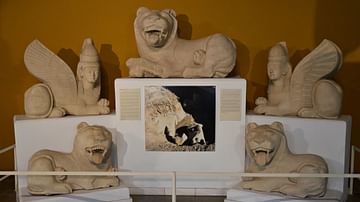
Image
Cypro-Archaic Sculptures
Five unique Cypro-Archaic sculptures found in situ in the necropolis of Talmassos, one oversize lion, two lions of smaller dimensions and two sphinxes. 6th century BCE (Cypro-Archaic II period). Cyprus Museum, Nicosia.
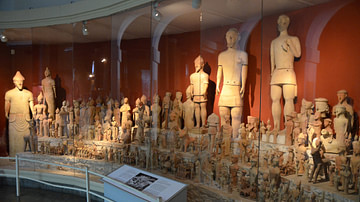
Image
Cypriot Votive Clay Figurines
Votive clay figurines found in situ in the sanctuary of Agia Irini on the northwest coast Cyprus. Dating back to the 7th and 6th centuries BCE, the figurines are displayed in the Cyprus Museum as they were found and depict priests with bull-masks...
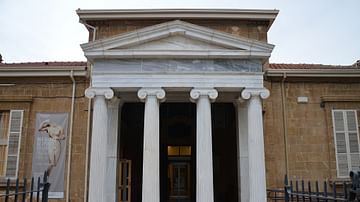
Image
Cyprus Museum, Nicosia
The Neo-Classical façade of the Cyprus Museum in Nicosia.

Image
Agora of Amathous, Cyprus
View of the Agora of Amathous in Cyprus dating back to the Hellenistic period. The Agora consisted of a large rectangular stone-paved area with porticoes on four sides.
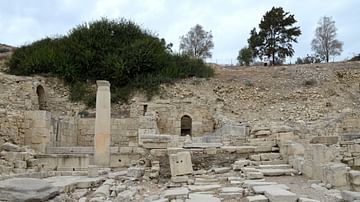
Image
Nymphaeum in the Agora of Amathous, Cyprus
The nymphaeum and reservoir located to the north of the Agora of Amathous. It dates to the Hellenistic period but had major repairs done in 118 CE during the early reign of Hadrian.
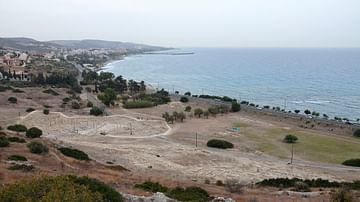
Image
Agora of Amathous, Cyprus
View of the Agora and the lower city of Amathous (Cyprus) from the Acropolis.
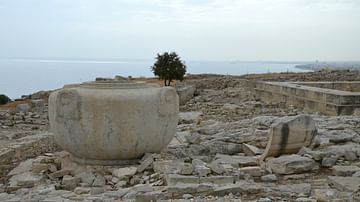
Image
Acropolis of Amathous, Cyprus
The Acropolis of Amathous (Cyprus) with the Temple of Aphrodite dating to the 1st century BCE. The Temple was built over the ruins of a former temple from the Hellenistic era and occupied a large part of the Acropolis. The monumental vase...
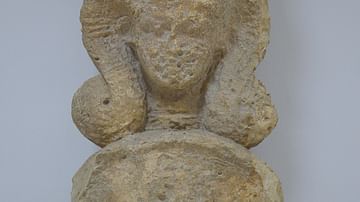
Image
Cypriot Capital with the Image of Hathor
Capital carved with the image of the Egyptian goddess Hathor. It was found on the Acropolis of Amathous, 6th century BCE. Limassol Archaeological Museum, Cyprus.
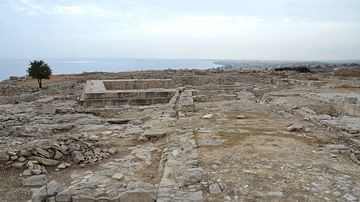
Image
Acropolis of Amathous, Cyprus
The Acropolis of Amathous (Cyprus) with the Temple of Aphrodite dating to the 1st century BCE. The Temple was built over the ruins of a former temple from the Hellenistic era and occupied a large part of the Acropolis.
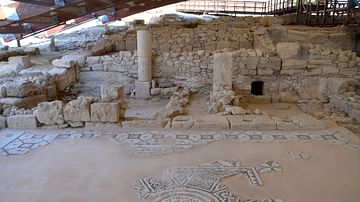
Image
Mosaic with Welcoming Inscription in Kourion, Cyprus
A mosaic with a welcoming inscription graces the entrance of the House of Eustolios in Kourion (Cyprus) with the phrase “Enter for the good luck of the house”. 5th century CE.